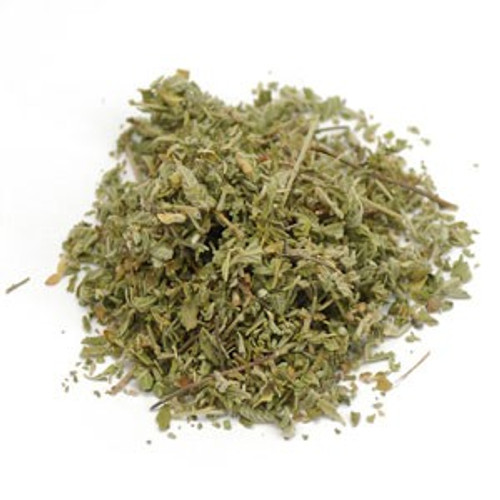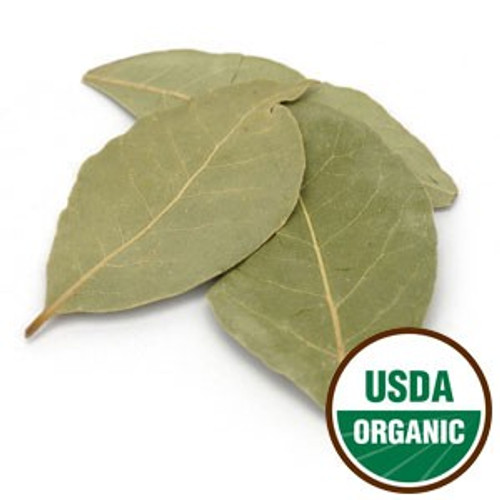Latin Name: Tussilago farfara
Common Names: Coltsfoot Leaf
The Tussilago farfara is a wild flowering plant native to Eurasia that was introduced to the Western Hemisphere by settlers over the past 3-4 centuries. More commonly known as Coltsfoot (leaf of this plant resembles a young horse's hoof), Tussilago farfara looks a great deal like the common dandelion, but grows quite differently. Like many organic bulk herbs, Tussilago farfara is edible.
Traditionally, Coltsfoot Leaf has had many uses. Amazingly, the dried Coltsfoot Leaf was actually "smoked" - in other words, this medicinal herb was put in a pipe from which patients would draw the fumes into their lungs. Needless to say, this method of ingesting Coltsfoot Leaf likely did more harm than good; however, dried Coltsfoot Leaf is still used in herbal smoking blends as a tobacco substitute.
Other reported uses of Tussilago farfara involved crushing the flowers and making a poultice that is applied to the skin.
Trained herbalists note that Coltsfoot leaf contains mucilage, tannins and zinc. However, the alkaloid substances naturally occurring in the organic herb means that in large doses, Tussilago farfara can be potentially poisonous; people with a history of liver disorders should avoid Coltsfoot Leaf.
Those who buy organic bulk herbs are nonetheless well advised to consult with a trained herbalist or naturopathic doctor before using Coltsfoot Leaf.
Warning: For external use only. Not to be used during pregnancy. Not to be used while nursing. Do not apply to broken or abraded skin.
Common Names: Coltsfoot Leaf
The Tussilago farfara is a wild flowering plant native to Eurasia that was introduced to the Western Hemisphere by settlers over the past 3-4 centuries. More commonly known as Coltsfoot (leaf of this plant resembles a young horse's hoof), Tussilago farfara looks a great deal like the common dandelion, but grows quite differently. Like many organic bulk herbs, Tussilago farfara is edible.
Traditionally, Coltsfoot Leaf has had many uses. Amazingly, the dried Coltsfoot Leaf was actually "smoked" - in other words, this medicinal herb was put in a pipe from which patients would draw the fumes into their lungs. Needless to say, this method of ingesting Coltsfoot Leaf likely did more harm than good; however, dried Coltsfoot Leaf is still used in herbal smoking blends as a tobacco substitute.
Other reported uses of Tussilago farfara involved crushing the flowers and making a poultice that is applied to the skin.
Trained herbalists note that Coltsfoot leaf contains mucilage, tannins and zinc. However, the alkaloid substances naturally occurring in the organic herb means that in large doses, Tussilago farfara can be potentially poisonous; people with a history of liver disorders should avoid Coltsfoot Leaf.
Those who buy organic bulk herbs are nonetheless well advised to consult with a trained herbalist or naturopathic doctor before using Coltsfoot Leaf.
Warning: For external use only. Not to be used during pregnancy. Not to be used while nursing. Do not apply to broken or abraded skin.







